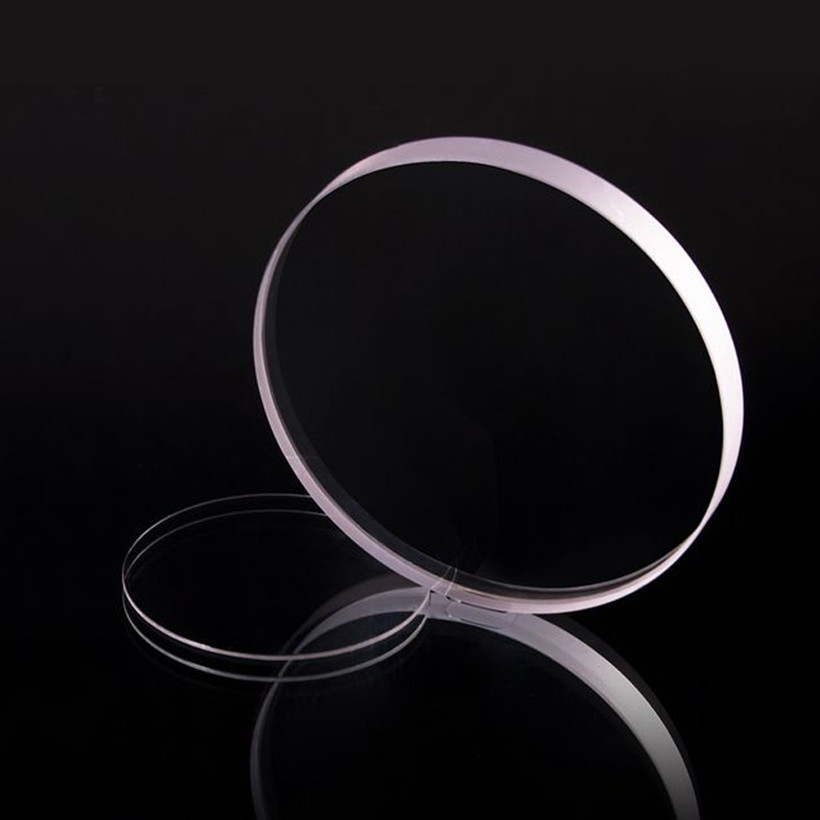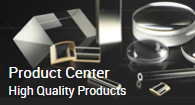How to clean optical components
Cleaning optical components (such as lenses, lenses, prisms, filters, etc.) requires extra caution as their surfaces often have precision coatings or fragile materials. Improper operation may result in scratches, coating damage, or decreased optical performance.

The following are detailed cleaning steps and precautions:
Preparation before cleaningEnvironmental requirements
Operate in dust-free or low dust environments (such as ultra clean workbenches) to avoid secondary pollution of dust in the air.
Operators should wear dust-free clothing and gloves (it is recommended to use powder free latex or nitrile gloves) to avoid finger contact with optical surfaces (oil and sweat can leave difficult to remove marks).
Tool preparation
Specialized cleaning tools:
Dust free cloth (lens paper, soft and non shedding, such as Kimtech or similar products)
Special cleaning solution (such as anhydrous ethanol, isopropanol, or optical component cleaning agent, avoid using water or solvents containing water to prevent residual water marks)
Air blowing (made of rubber or silicone material, used to blow away surface dust)
Cotton swab (degreased, dust-free, only used for edges or non optical surfaces, avoid wiping forcefully on optical surfaces)
Cleaning steps (sorted by degree of contamination)
1. Mild pollution (only surface floating dust)
Prioritize air blowing treatment:
Handheld air blow, maintain a distance of 10-15cm from the surface of the optical component, gently blow air at a 45 ° angle, and move in a spiral pattern from the center to the edge to avoid dust being blown into the cleaned area.
Caution: Do not blow air with your mouth (saliva and water vapor can contaminate the surface).
2. Moderate pollution (with fingerprints, oil stains, or a small amount of stubborn dust)
Step 1: First, remove the floating dust
Use the above air blowing method to remove surface floating dust and avoid scratching the surface with dust particles during subsequent wiping.
Step 2: Wipe with a dust-free cloth dipped in cleaning solution
Drop a small amount of cleaning solution (1-2 drops) onto the edge of the dust-free cloth (avoid directly dripping onto the surface of the component to prevent liquid from seeping into the edge bonding area).
Handheld dust-free cloth, wipe in a spiral or linear light sweeping manner, moving unidirectionally from the center to the edge, avoiding back and forth wiping (to prevent dust particles from repeatedly rubbing).
Replace the clean area with a dust-free cloth every time to avoid contamination spreading.
Applicable solvents:
Fingerprint/oil stain: Isopropanol (highly volatile, with minimal residue) or anhydrous ethanol (to confirm compatibility of component coating, some coatings are not resistant to ethanol).
Mixed pollution: A mixture of ethanol and ether (1:1 ratio) can be used to enhance the oil removal effect, but attention should be paid to the volatility and safety of ether.
3. Severe pollution (with solidified stains, mold spots, or resin residue)
Handle with caution: This type of pollution may have damaged the coating, it is recommended to consult the manufacturer first to see if it can be cleaned.
Operation method:
Gently apply a dust-free cloth dipped in a specialized cleaning agent to the stain for 10-15 seconds (softening the stain), and then handle it with a moderately contaminated wiping method.
If the stain is still not removed, do not use force to scrape. You can repeat the application wiping steps or use a specialized optical cleaning rod (operated by a professional).
Precautions for special optical components
Coated components (such as anti reflective films, reflective films)
Avoid using strong solvents such as acetone and methanol, as some coatings (such as magnesium fluoride films) are prone to corrosion.
When wiping, the force should be light to prevent the coating from falling off.
Adhesive components (such as double adhesive lenses)
Do not allow cleaning solution to seep into the edge joint, otherwise it may cause delamination.
When wiping, quickly move from the center to the edge to reduce the time the liquid stays at the edge.
Infrared/ultraviolet optical components
Its coating or substrate (such as germanium, silicon) may be sensitive to conventional solvents and requires the use of manufacturer specified cleaning agents.
Prohibited items
Do not use rough materials such as regular paper towels, gauze, or clothing corners to wipe (as they may cause scratches).
Do not pour cleaning solution directly onto the surface of optical components (as it may seep into the interior and cause damage).
Do not expose the components to dust during the drying process (they should be naturally dried or blown dry with clean nitrogen gas).
If the pollution cannot be removed, do not forcefully handle it. Contact professional maintenance personnel or manufacturers.
By following the above steps, the damage to optical components during the cleaning process can be minimized to ensure that their optical performance is not affected. For high-precision instruments such as microscopes and lithography machine lenses, it is recommended that they be operated by professional technicians.

